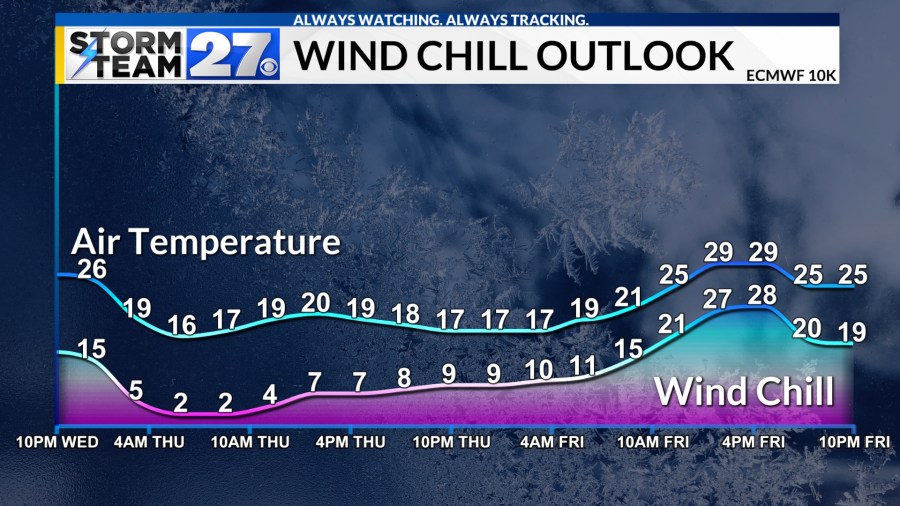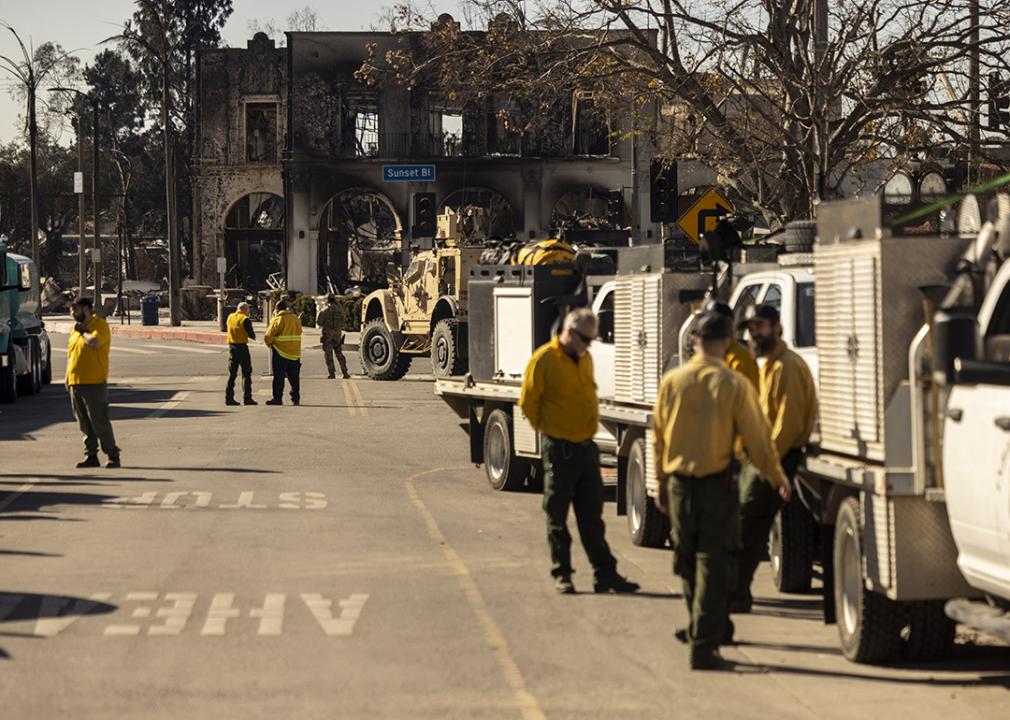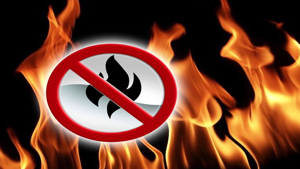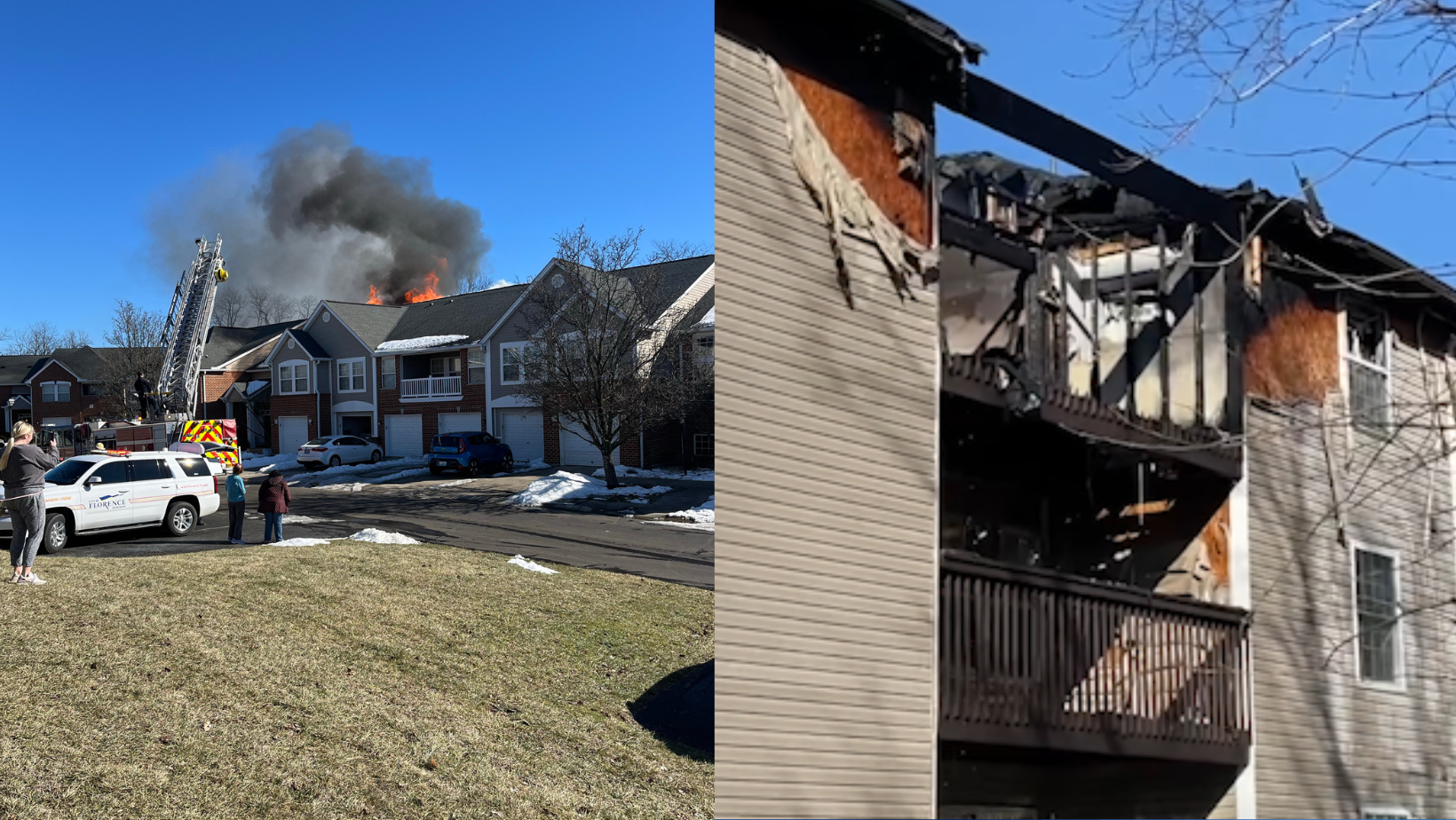(WKBN) – The National Weather Service office in Pittsburgh has issued a Hazardous Weather Outlook for some Valley counties ahead of the arctic blast this week.
Columbiana County and Mercer County are likely to have single-digit wind chills Wednesday night into Thursday morning. Temperatures will drop into the 20s by the end of the day Wednesday and through Thursday, which will likely be the coldest morning of the season so far with “feels like” temperatures near 0° F.
Sustained wind speeds will be anywhere between 10-20 mph with wind gusts 30+.
Though windy, the Valley will be spared from the heavy lake-effect snow that is expected to impact Erie County, Pa. once again. A Winter Storm Watch is in effect there through Friday morning.

It is good to note the National Weather Service has changed its winter products when discussing extreme cold weather. Instead of Wind Chill Advisories, Watches and Warnings, the NWS now refers to these as Cold Weather Advisories plus Extreme Cold Watches and Warnings.
The NWS will only issue a Cold Weather Advisory when the air temperature or wind chill temperature is expected to fall between -15° F and -24° F. Extreme Cold Warnings will be issued when the wind chill is -25º F or colder.
While a Cold Weather Advisory will not be issued, it will still be extremely cold. Vulnerable populations and pets will be at risk if outside for prolonged periods of time. If you have pets or farm animals, make sure they are not overly exposed to extreme cold, and have plenty of food and water that is not frozen.
If you have to go outside, experts say to dress in loose layers that cover your skin. One or more layers on the bottom and 2-3 layers to cover your torso. The outer layer should keep out wind and snow when there.
Hypothermia and frostbite are two of the biggest health concerns in dangerous cold. Both can happen when a person is exposed to extreme cold temperatures for an extended period of time.

In extreme cold conditions, it can take only minutes for exposed skin to freeze. At a wind chill temperature of -19° F, frostbite can happen in just 30 minutes.
To prevent hypothermia, do not be in extreme cold temperatures for long. The CDC says lengthy exposures will eventually use up your body’s stored energy, which leads to lower body temperature. Older adults and infants are most at risk for hypothermia.
Shivering, exhaustion, confusion, slurred speech, memory loss and drowsiness are all warning signs of hypothermia in adults. In babies, look for bright red, cold skin and very low energy.
Health experts say if a person’s body temperature drops below 95°, it is time to seek medical attention.
#Hazardous #wind #chills #week









Leave a Reply